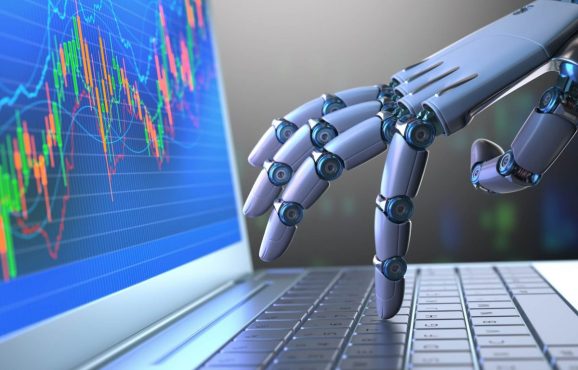When technology came to the forefront of several projects, many companies were slow to adopt this new trend. Instead of zeroing on the enormously enormous and verifiable benefits of using technology for business process transformation, industry leaders feared transition, and workers worried about losing their employment. However, as automation technology advances, trends such as hyper-automation are emerging, suggesting that companies are increasingly shifting their activities towards “people-centric smart workplaces.”
This move also added a further time for company operations that rely on technologies and automation tools to retain a competitive advantage. This is especially apparent in the financial services market. In 2019, Gartner announced its 2020 technology developments and patterns, with hyper-automation at the forefront. Hyper-automation is a technique that involves the use of sophisticated production platforms, platforms to maximize the company’s use of human intelligence.
The next obvious question is how the Hyper-automation trend would affect your work or career, and what you’d be able to do if you’re switching your company to Hyper-automation creativity now. There are questions that we need to answer to appreciate the anticipated return on investment in Hyper-automation. Hyper-automation should not, in that way, be seen as a danger to the human worker. Hyper-automation can not only be seen as a future boost for business, but also as an imminent transition. Hyper-automation, as Gartner has suggested, is an imminent industry environment in which businesses can easily recognize and automate all feasible business processes.
Instead of alluding to a particular out-of-the-box invention or technology, Hyper-automation focuses on adding more knowledge and applying a more diverse range of software than a visual representation of a product or system during its life cycle, the digital twin of the organization (DTO) empowers “companies to see how resources, processes and main performance metrics interact to improve profitability,” as Gartner has suggested. Passing to Hyper-automation is RPA, another growing term that applies AI programming and high-volume machine learning functions, repeatable tasks that have increasingly asked individuals to do.
Hyper-automation, though, takes an array of technologically sophisticated technologies and merges them into a new way to function. Hyper-automation, together with humans, will create a work environment that is continuously trained, flexible, and ready to use data and ideas for fast and precise decision-making.
As the use of Hyper-automation grows, applications must be interoperable, and, as emerging technologies are added, providing plug-and-play systems will help businesses efficiently scale their operations. Hyper-automation could prove useful later on in data-intensive fields, especially those associated with the Internet of Things. The next step is the use of analytics and AI engineering to derive market information from data – opening up new avenues for Hyper-automation.

